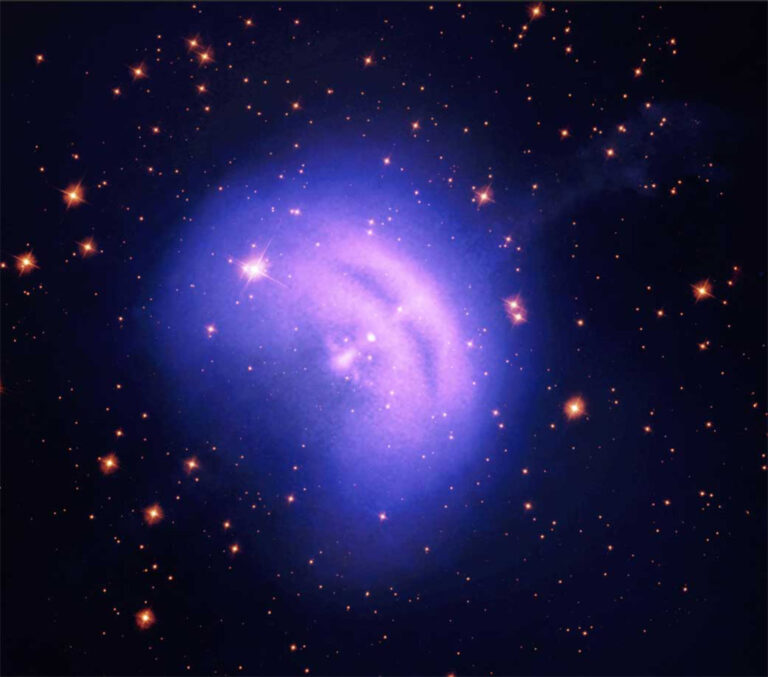Worldsfeed News Desk: Vela is nearly 1,000 light-years from Earth and is spewing astonishingly energetic gamma-rays into space.
Pulsars are one of the strangest celestial bodies in space. These cosmic lighthouses emit periodic bursts of radiation from their magnetic poles, and now a team of researchers claim they have detected the largest burst ever recorded from a pulsar.
A global collaboration of scientists used the H.E.S.S. Observatory in Namibia to observe a pulsar emitting bursts of gamma-rays with energies as high as 20 tera-electronvolts, which is about 10 trillion times more energetic than visible light. The emissions are coming from a pulsar known as Vela nearly 1,000 light-years from Earth. This massive object spins 11 times per second, flashing at us like a rapidly blinking light. The researchers say the bursts they recorded are a whopping 200 times more energetic than any pulsar beam previously documented. Their work is published today in Nature Astronomy.
“This result challenges our previous knowledge of pulsars and requires a rethinking of how these natural accelerators work,” said the team’s leader, Arache Djannati-Atai from the Astroparticle & Cosmology Laboratory in France, in a DESY press release. “The traditional scheme according to which particles are accelerated along magnetic field lines within or slightly outside the magnetosphere cannot sufficiently explain our observations.”
A pulsar is a type of neutron star, which is one of the new lives a star can take on when it implodes, assuming it doesn’t collapse all the way into a black hole. A pulsar is incredibly dense and features a highly active magnetosphere, through which electrons accelerate only to be ejected in a beam from one of the star’s poles. These jets then sweep across the universe as the pulsar spins, appearing as flashes in regular intervals to viewers on Earth, much like a lighthouse would appear to a sailor at sea.
“These dead stars are almost entirely made up of neutrons and are incredibly dense: a teaspoon of their material has a mass of more than five billion tonnes, or about 900 times the mass of the Great Pyramid of Giza,” said co-author and H.E.S.S. scientist Emma de Oña Wilhelmi in the release.
In August, researchers studying a pulsar 4,500 light-years from Earth cracked its bizarre behavior. The pulsar, named PSR J1023+0038 or J1023 for short, has been switching between two modes over the past decade: One in which the star emits high frequency visible light, ultraviolet light, and X-rays, and another in which it dims and emits lower frequency radio waves. The scientists deduced that, during the lower frequency mode, matter falls toward the pulsar’s surface and is pushed back out through its jet. In this process, matter surrounding the star heats up, triggering J1023’s higher frequency mode. rewrite the article.


0 Comments